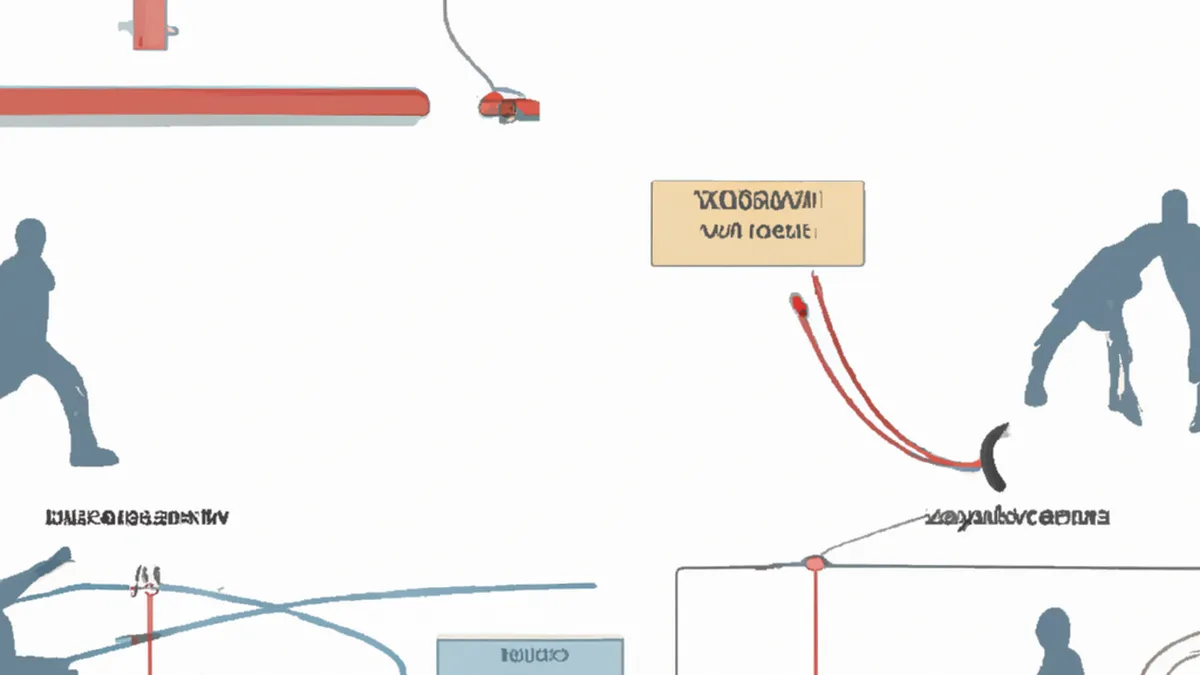Warm-Up Wonders for Vertical Leap Success
The Connection Between Dynamic Warm-Ups and Vertical Jump Performance
Athletes in various sports aim to improve vertical jump to enhance performance. Higher jumps can significantly influence basketball, volleyball, and track and field games. A warm-up routine plays a key role in vertical jump ability. Dynamic warm-ups prepare the body for explosive movements. This blog explores the link between dynamic warm-ups and vertical jump performance and offers effective warm-up tips.
What is a Dynamic Warm-Up?
A dynamic warm-up consists of movements that increase blood flow, elevate body temperature, and activate muscles. Unlike static stretching, dynamic warm-ups involve active movements that mimic sport actions.
High knees, butt kicks, leg swings, walking lunges, and arm circles comprise dynamic warm-up exercises. These movements prepare muscles and joints for jumping demands while preventing injuries. Engaging in a dynamic warm-up primes your body for optimal performance.
The Science Behind Dynamic Warm-Ups
Dynamic warm-ups effectively prepare the neuromuscular system for jumping actions. Performing dynamic movements alerts your central nervous system, improving coordination and reaction time. This readiness allows your body to respond better during high-intensity activities.
Dynamic warm-ups also enhance muscle and connective tissue elasticity. Increased elasticity enables muscles to contract forcefully and quickly, essential for higher vertical jumps. By boosting muscle power, you can significantly improve jump height.
Tips for Effective Dynamic Warm-Ups
To maximize dynamic warm-up benefits, follow these tips:
1. Start with Mobility Exercises
Begin with mobility exercises for your hips, ankles, and shoulders. Arm circles, torso twists, and hip openers increase your range of motion and enhance joint stability. This preparation is crucial for performing explosive movements safely.
2. Incorporate Sport-Specific Movements
Include movements specific to your sport. Basketball players should practice jumping and lateral movements, while volleyball players can focus on quick footwork and jumping drills. Sport-specific movements help your body adapt to gameplay demands.
3. Gradually Increase Intensity
Start with low-intensity movements, then gradually increase the intensity. Begin with light jogging or walking lunges before transitioning to higher jumps and explosive movements. This progression warms up your muscles adequately, reducing injury risk while enhancing performance.
4. Include Plyometric Exercises
Incorporate some plyometric exercises into your warm-up routine.
Conclusion
Dynamic warm-ups enhance vertical jump performance by preparing your body for explosive actions. Incorporate these techniques into your training for optimal results.
Below are related products based on this post:
FAQ
What is the purpose of a dynamic warm-up?
A dynamic warm-up is designed to increase blood flow, elevate body temperature, and activate muscles through active movements. These exercises prepare the body for explosive actions and help prevent injuries by mimicking sport-specific actions.
How do dynamic warm-ups improve vertical jump performance?
Dynamic warm-ups enhance vertical jump performance by preparing the neuromuscular system for jumping actions. They improve coordination, reaction time, and muscle elasticity, allowing for more powerful and quicker muscle contractions necessary for higher jumps.
What are some tips for effective dynamic warm-ups?
To maximize the benefits of dynamic warm-ups, start with mobility exercises, incorporate sport-specific movements, gradually increase intensity, and include plyometric exercises. These strategies help prepare your muscles adequately while reducing the risk of injury.















Post Comment